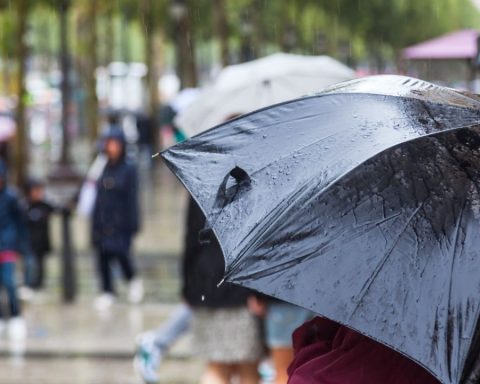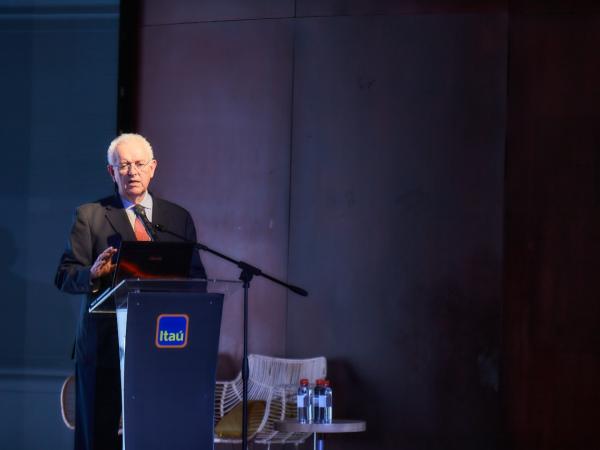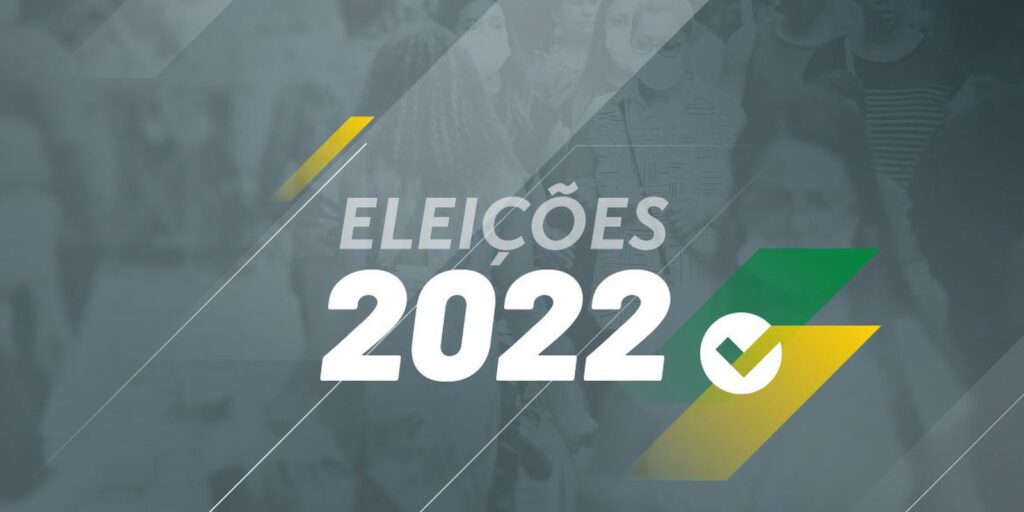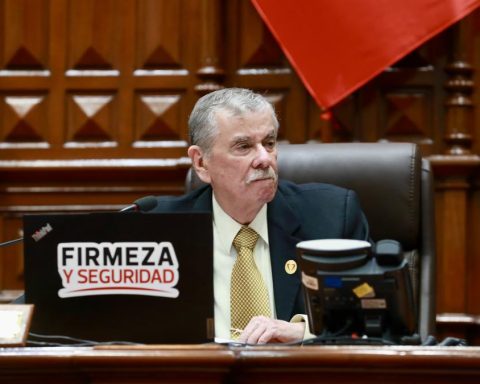In the midst of the debate over the creation of the new Universal Health System announced by the Government, the Public Health Institute of the Andrés Bello University released a study where they compared the cost of hospital discharges in the public and private systems, and proposed formulas to solve the problem of waiting lists.
“Although the waiting lists are increasing, the current Government and Fonasa could reduce them if they analyzed the FONASA data and, overcoming ideological barriers, decided on public policies to face the crisis of the waiting lists without generating higher costs than those that would be used in the system. hospital public. In fact, this report shows that the cost of hospital discharges in the private provider sector is similar to that of the public hospital network for similar pathologies in terms of diagnosis, severity and level of results: It is not more expensive today to solve the lists of It is expected that in the public hospital system, and in addition, there is installed capacity that could be used as in the COVID crisis in the years 2020-2021, reducing people’s waiting time and lowering the risk of death due to waiting ” , affirm the editors of the study, Hector Sanchez, Director of the ISP Unab and Manuel Inostroza, associate academic.
“Consistent with what was stated in our third report, the last ministerial report on waiting lists, dated June 30, 2022, shows how unsuccessful the efforts of the current Government and Fonasa have been in reducing them,” the text states.
It adds that, with respect to the waiting list report of December 31, 2021 (with 2,025,979 people waiting), in the first six months of 2022, the waiting cases in new consultations of non-GES specialists have grown by 81,152 , in 16,579 cases waiting for non-GES surgery and in 13,084 cases waiting for GES pathologies. “Increases that structurally return the lists and waiting times in a health crisis of historic proportions in our health system, to which must be added 20,649 people reported as deceased while on the waiting lists in the period from January to June of the year 2021 but informed this 2022”, affirm the authors.
Other figures analyzed show that between 2013 and 2021, Fonasa’s income increased 2.7 times more than that of isapres, which has allowed the decrease in the ratio of income per isapres/Fonasa beneficiary from 1.81 times to only 1.36 times. Given these increases in income, Fonasa has been able to spend more on benefits, to the point that in 2020, the ratio of spending on benefits per capita isapres and Fonasa were practically the same: $586 thousand per year in isapres vs $581.6 thousand annually in Fonasa.
In the case of the Labor Incapacity Subsidy (SIL) for the period 2013-2020, spending in Fonasa and the isapres grew annually on average by 18.2% and 14.8%, to the point that in 2020 this spending it consumed almost 3 of the 7 percentage points of contributions in Fonasa and 2.5 in the Isapres.
“Given this increase in income and expenses in our health system, and the fact that benefit expenses in particular have been equalized between isapres and Fonasa beneficiaries, it is necessary and more urgent than ever to apply mechanisms and incentives that allow make better use of available resources and that allow us to solve health problems, especially waiting lists, defining where it is more economical and efficient to buy the hospital services that Fonasa beneficiaries need, as was done in the most critics of the pandemic.
In this sense, the study proposes to the Government to extend the system of classification and purchase of benefits (GRD) to the public and private system. “This allows aligning clinical management with an efficient allocation of public resources, since it relates spending to the level of activity and severity of patients and includes incentives to improve access and timeliness of care, making care activity comparable of the different hospital establishments”, they explain.
For this to be possible, it is necessary to generate “public data governance and a renewal of Fonasa’s open data, which includes the costs and access to health care received by its beneficiaries, both in public hospitals and in clinics. private. This would allow Congress, universities and public opinion to make transparent the follow-up of results-based management and an evaluation of the efficient use of public resources by the hospital network”.
At the end, the study states that “regarding the similarity found in the vast majority of public vs. private purchase prices, it would be urgent, given the health crisis in which we find ourselves due to the waiting lists that affect beneficiaries. of Fonasa and especially to its poorest and most vulnerable population, that the GRDs as a purchasing mechanism would tend to homogenize the cost of clinical care, separating opportunity and capital costs, thus allowing the development and sustainability of a public complementarity -private based exclusively on solving the main health problems of the Fonasa beneficiary population and not on their impediment due to ideological barriers”.
“The constant increases in the lists and waiting times between 2016-2022 show us that the public provider sector has been and will be completely incapable of solving them on its own, since the current costs of the public hospital network include levels of inefficiency which, if maintained, make the development of the new National Health System and the Single Health Fund unsustainable, as proposed, and as we have already pointed out in previous reports, without first undertaking the necessary structural reforms to the public provider system and strengthening greater and better public-private integration in the provision of services for the benefit of the beneficiaries of the system, mainly the poorest, who are the ones who make up the waiting lists and suffer the consequences, reaching death in more than 20,000 cases, according to official MINSAL statistics. in the first semester of 2021”, affirm its authors.
















